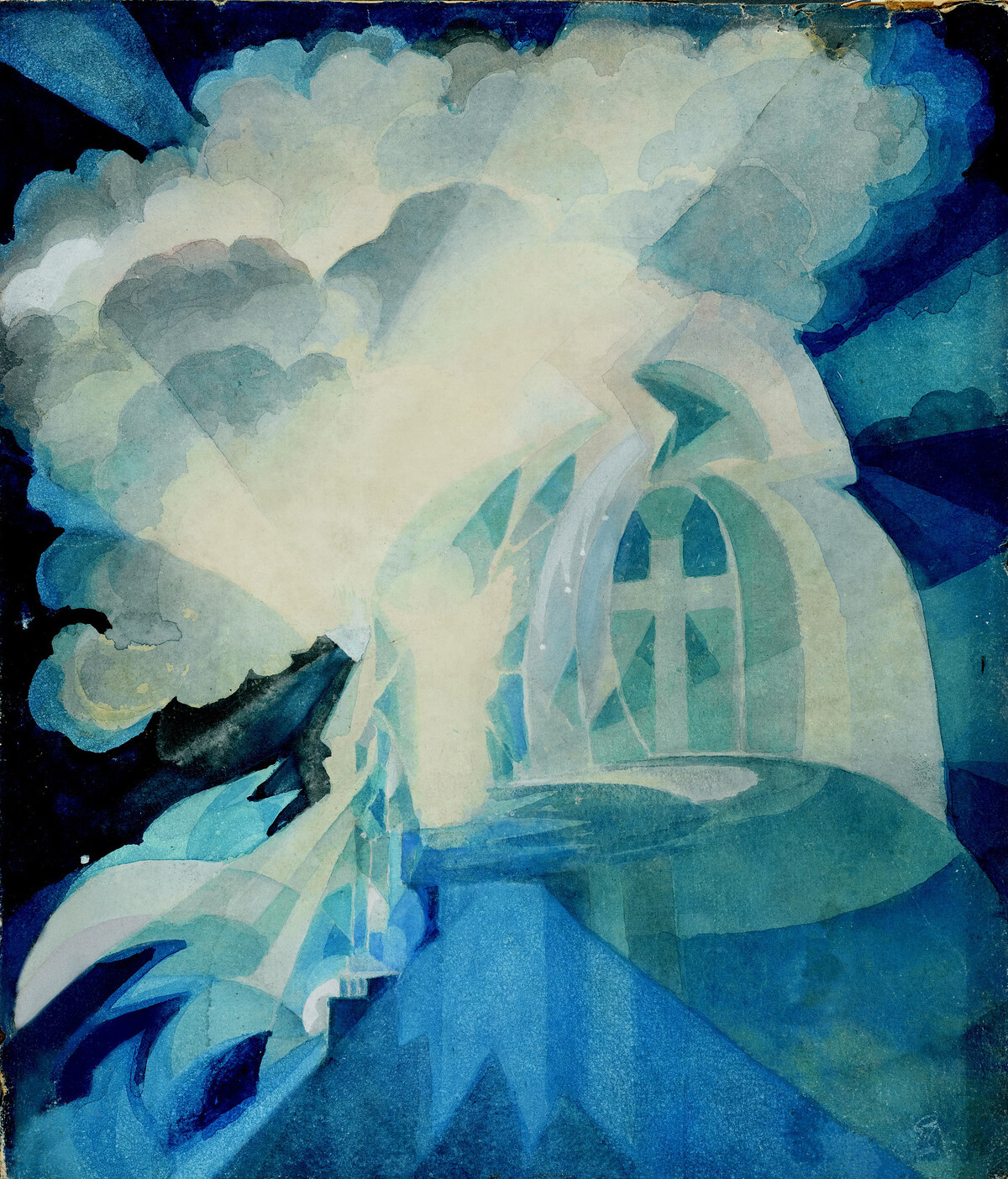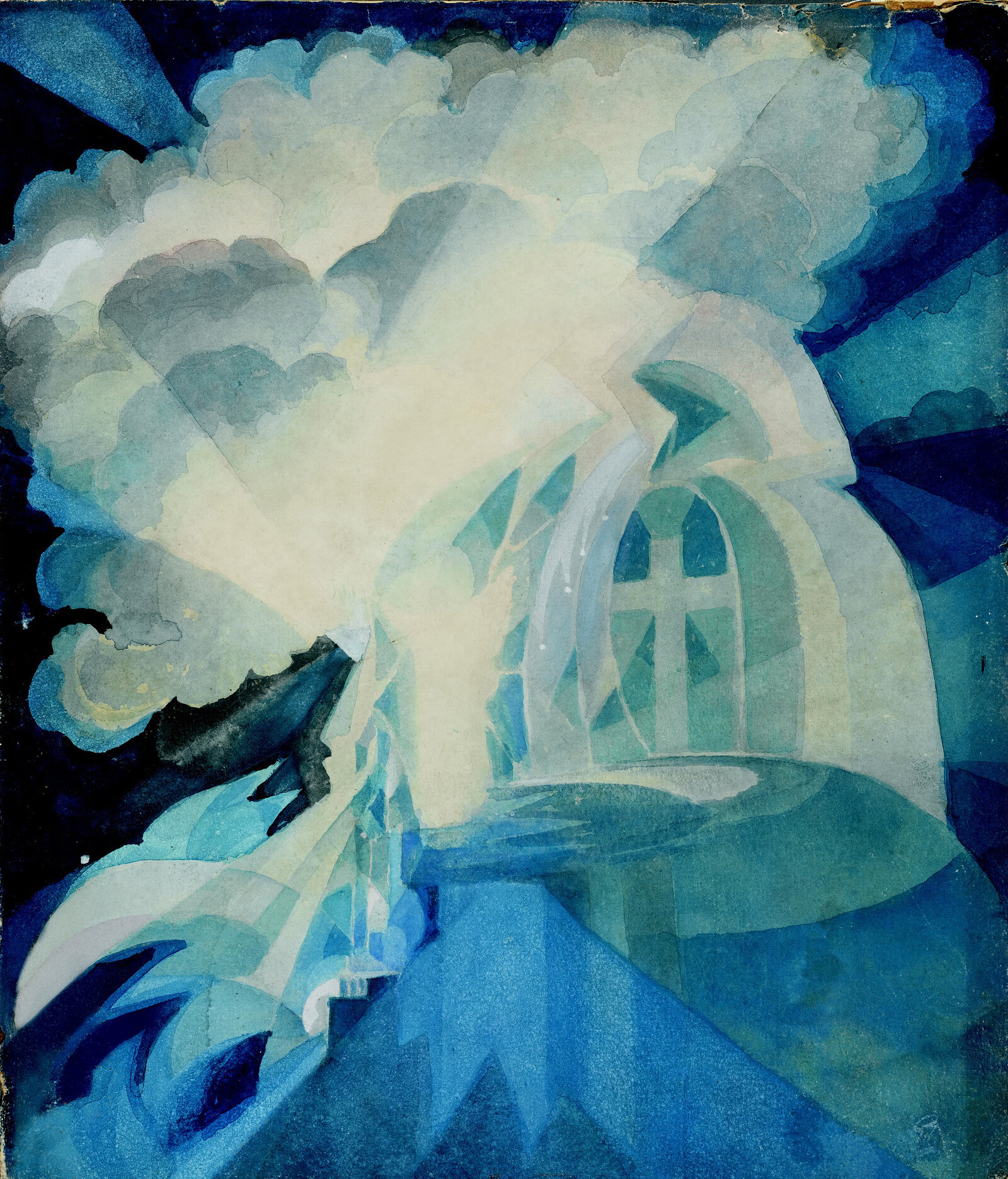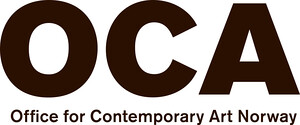October 27, 2016–January 15, 2017
Curated by Nada Raza
OCA is pleased to announce the opening of The Missing One on Wednesday, October 26 at 6pm. Taking the tropes and technologies of science fiction as a thematic beginning, this intergalactic, inter-generational exhibition assembles artworks from across Bangladesh, India, Pakistan and Sri Lanka.
The Oslo presentation of The Missing One, first produced by the Dhaka Art Summit 2016 run by the Samdani Art Foundation, is part of a long-term research commitment initiated by OCA with The Critical Writing Ensembles of Dhaka, Bangladesh and Baroda, India, which looked at comparative histories in the South Asia region and beyond. It will continue through projects and seminar moments during the years 2017–18 with, among others, an exhibition by the seminal Indian artist, Vivan Sundaram, curated by OCA.
The exhibition’s perspectives are guided by a 1920s painting by Gaganendranath Tagore referencing the science fiction story The Missing One by J.C. Bose. The Missing One was published in 1896, and is thought to be one of the first science fiction stories in the Bengali language. A research scientist, Bose pioneered wireless communication and a crater on the moon bears his name. Gaganendranath Tagore’s 1920s watercolour painting looks skyward to imagine a cosmological vortex in the heavens.
In the 20th century, speculative fiction and cinema allowed expression for the wonder and anxieties of the encounter with an ever-accelerating modernity. Future worlds became possible even as hostile aliens, dystopian planets and galactic conflict echoed the real schisms of earthbound life. Exotic references added esoteric appeal—for Arthur C Clarke, the ancient palace complex of Sigiriya in Sri Lanka became a portal and Rama lent his name to a spaceship. The extra-terrestrial or non-human, even in popular film and TV, became a composite of non-western traits.
Re-territorialising these memes, the exhibition speculates whether a South Asian view can be articulated by assembling and repositioning works that speak to the themes and aesthetics of the genre. It troubles the modern view that science and spirituality must remain at odds. The exhibition hopes to connect with counter narratives, such as Afro-futurism; and present opportunities for the reappraisal of the global encounter with the modern and the concept of alienation. Astral journeys, cosmological quests, astronomical explorations, alien encounters, nihilistic visions, retro-futurist experiments and a need to reimagine the future are all addressed by artists who have experienced the wonder, the hubris and excesses of the space age from a slightly different tilt on the universe.
Participating artists include Ronni Ahmmed, David Chalmers Alesworth, Shishir Bhattacharjee, Fahd Burki, Neha Choksi, Iftikhar Dadi and Elizabeth Dadi, Rohini Devasher, Marzia Farhana, Aamir Habib, Zihan Karim, Ali Kazim, Sanjeewa Kumara, Firoz Mahmud, Mehreen Murtaza, Saskia Pintelon, Sahej Rahal, Tejal Shah, Himali Singh Soin, Mariam Suhail, Gaganendranath Tagore and Hajra Waheed.
On the opening night OCA’s Director Katya García-Antón will give an introduction, followed by a talk between artist and academic Iftikhar Dadi, writer and curator Nida Ghouse and exhbition curator Nada Raza. After the talk Nada Raza will lead a tour of the exhibition.
For more information, please contact OCA’s Communication Manager Tara Hassel.
About the Curator
Nada Raza is a Research Curator at Tate Research Center: Asia. Raza is based in London and her research focuses primarily on South Asia. She recently worked on the Bhupen Khakhar retrospective You Can’t Please All (on view at Tate Modern until November 6, 2016). Raza was a guest curator for the Dubai based Abraaj Prize in 2014.
About Office for Contemporary Art Norway (OCA)
OCA is a foundation created by the Norwegian Ministries of Culture and of Foreign Affairs in 2001 with the aim of developing cultural collaborations between Norway and the international arts scene. OCA aims to become one of the main organs in the international contemporary arts debate through initiatives such as exhibitions, seminars and publications, as well as by providing support to Norwegian artists for their activities in the international art arena, and by inviting international curators and artists to Norway. OCA has been responsible for Norway’s contribution to the visual arts section of Venice Biennale since 2001.



